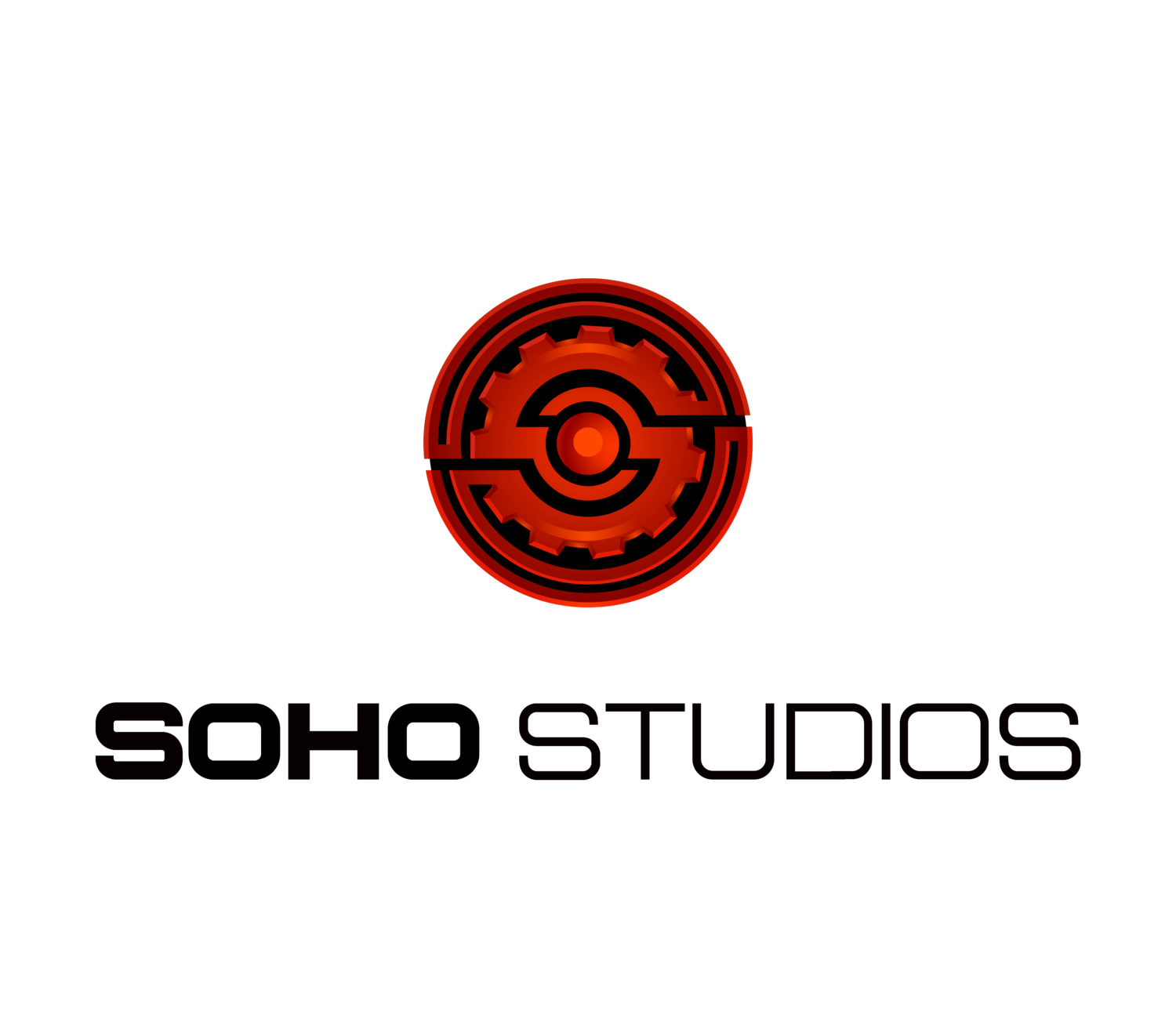5 Event Marketing Tools You Need to Use Now
You can put plenty of effort and strategies into planning your next event but it won't be a success unless you have strong attendance. Marketing is important for helping the right people discover your event. Within your promotional plan, make sure you try these five event marketing tools.
An Event Management Tool
Consider using a platform designed for event management to help you with your marketing. These platforms can help you market through email and other online means. They often support registration, tracking of attendees, surveys and other aspects of marketing and managing the event planning process. You have many options to choose from, such as Bizzabo, Attendease, Eventbrite and etouches. Choose the one that fits your company size and event marketing needs.
An Event App
This tool allows you to keep definite and potential attendees up-to-date about your event before it happens. Current audiences expect this capability, plus it will keep people informed and interested. They can learn new details about the event, such as added speakers or accommodations, as they become available, which keeps the event in your audience’s mind, builds excitement and helps attendees with their planning. And you can continue to use the app to share information during the event. Some event management tools provide the ability to create an app or you could use a service like DoubleDutch that is dedicated to event apps.
Communities
Try starting an event community dedicated to your specific event on Facebook or another platform that supports this approach. This type of tool helps to engage your audience and keep them in-the-know about event details. Within the community, you can share new information and give teaser information on what will be included, from meals to activities. You can also share practical information that helps with planning. Plus, this is a great space to engage potential attendees with conversation and to help them connect with one another. When you capture people’s interest and help them feel included through an event community, you’ll encourage them to register and potentially spread the word about the event.
An Event Directory
Make sure your event is listed where people are looking for events. You may have an untapped market of people who would attend your event but simply don’t know about it, and getting it listed on directories can help it get seen by the right crowd. You could put it on Meetup, which is particularly effective for events that want to draw a local crowd. This option also lets you continue to reach out to the same group of people over time. Another option is Lanyrd, which is a social conference directory. A great feature of this directory is that it helps you figure out the target audience that went to similar events around the world so you can better tailor your own marketing. Also, many of the event management platforms provide directories included in the service.
Analytics Tools
While marketing events might sometimes feel like guesswork, you can also find strategies and formulas backed by data. Using an analytics tool can help you weed through data and use it to get better at event promotion. For example, Brandscopic is an event marketing analytics tool that helps you figure out demographics, target your audience better and collect media about the event.
Using these tools along with your tried-and-true event promotion methods can help you streamline your marketing process and make it more effective. With these tools, you'll become an event marketing pro -- or elevate your professional game to the next level.







